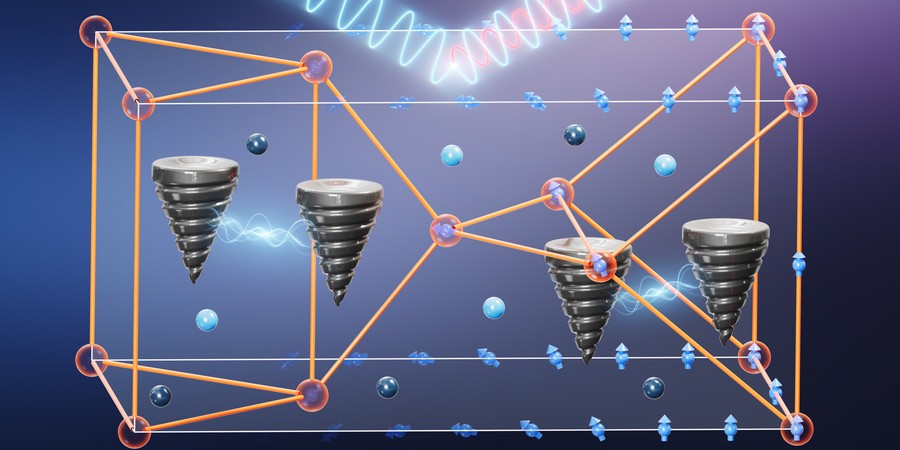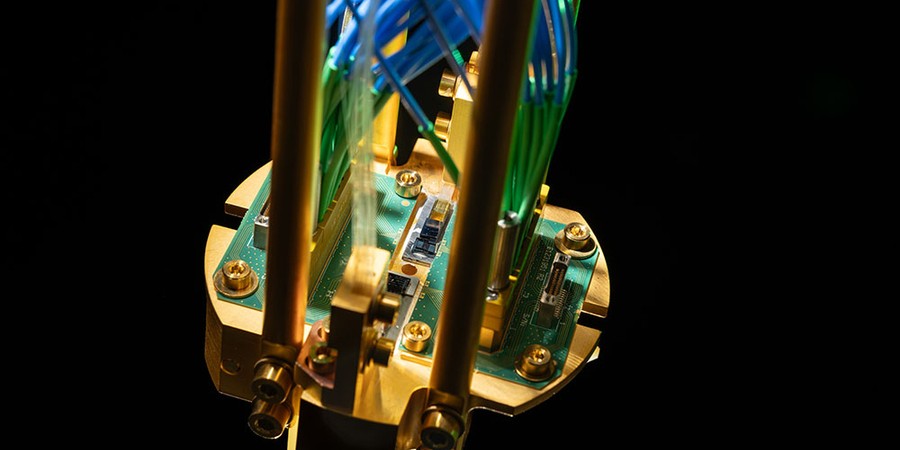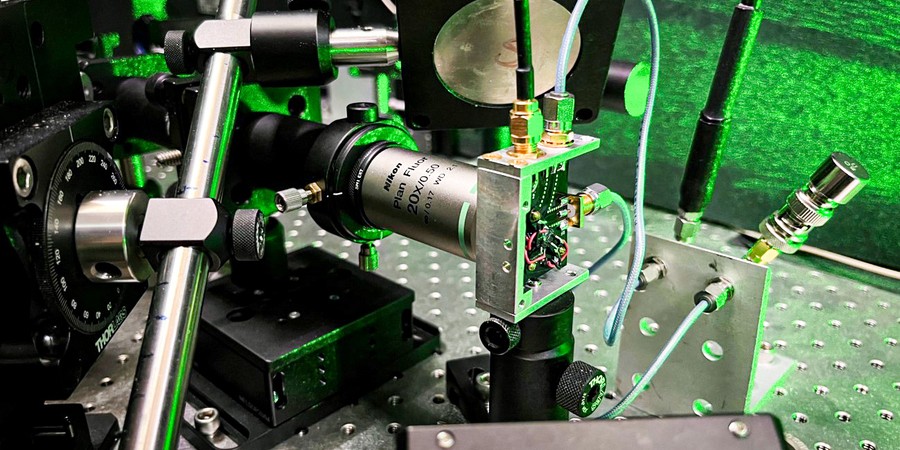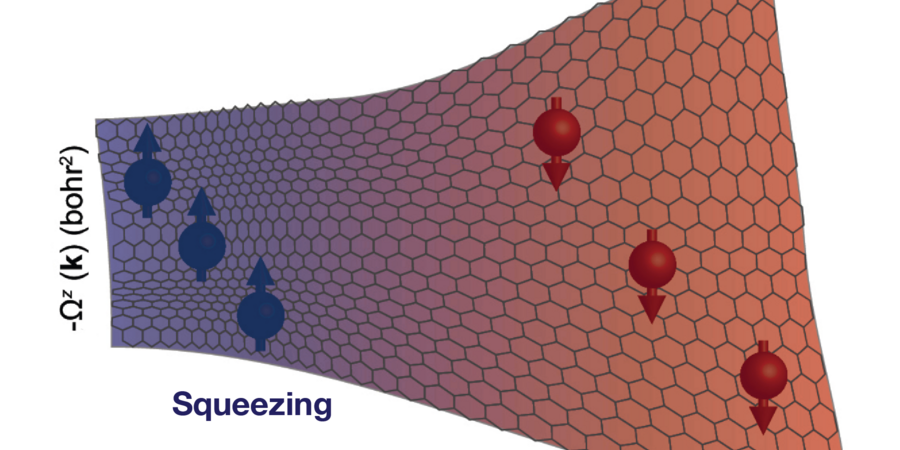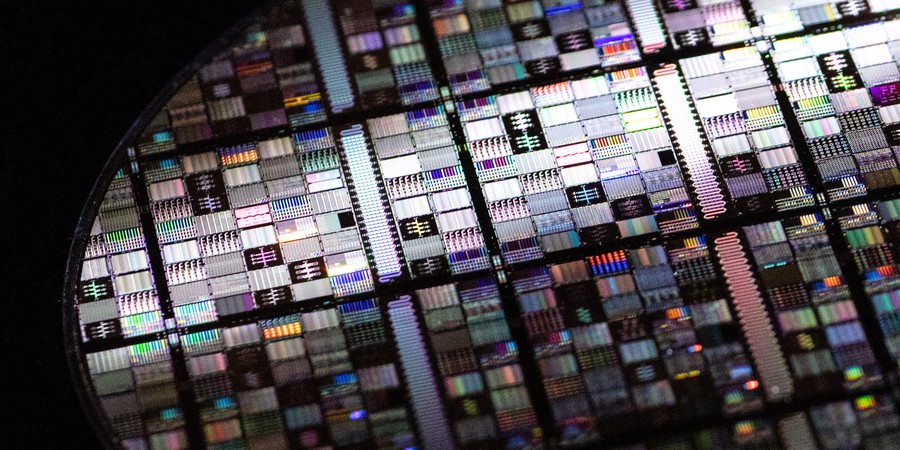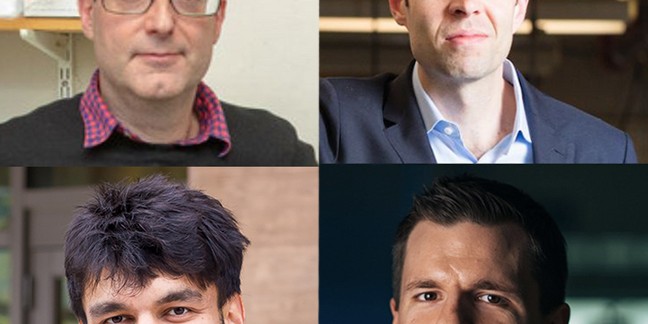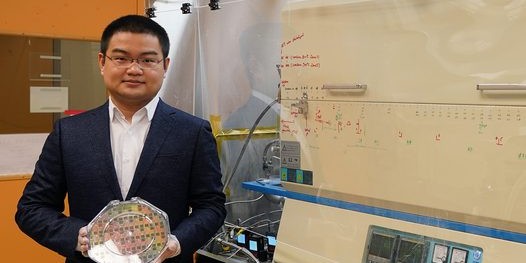Making More Magnetism Possible with Topology
Peter Reuell | Department of Nuclear Science and Engineering
MIT researchers show how topology can help create magnetism at higher temperatures.
Quantum Repeaters Use Defects in Diamond to Interconnect Quantum Systems
Ariana Tantillo | MIT Lincoln Laboratory
This technology for storing and transmitting quantum information over lossy links could provide the foundation for scalable quantum networking.
Sensing and Controlling Microscopic Spin Density in Materials
David L. Chandler | MIT News
By fine-tuning the spin density in some materials, researchers may be able to develop new quantum sensors or quantum simulations.
The Complicated Interplay: AI and Government
Stephen Goldsmith | Harvard Data-Smart City Solutions
MIT Dean Daniel Huttenlocher discusses generative AI, its applications, and safe use of AI technologies.
New Quantum Magnet Unleashes Electronics Potential
Julianna Mullen | Plasma Science and Fusion Center
Researchers discover how to control the anomalous Hall effect and Berry curvature to create flexible quantum magnets for use in computers, robotics, and sensors.
Superconducting Qubit Foundry Accelerates Progress in Quantum Research
Kylie Foy | Haley Wahl | MIT Lincoln Laboratory
A 200-millimeter superconducting qubit wafer fabricated through the Superconducting Qubits at Lincoln Laboratory (SQUILL) Foundry is one example of how the foundry is expanding access to quantum research by fabricating high-quality quantum circuits for U.S. research organizations.
Three MIT-led Projects Awarded MURI Funding for 2023
Kimberly Tecce | Rachel Gordon | Department of Mechanical Engineering | MIT CSAIL
Through the Multidisciplinary University Research Initiative, the US Department of Defense supports research projects in areas of critical importance to national defense.
IBM Quantum Summit 2022 — What’s New
Wednesday, November 9, 2022
IBM Research, New York
Manufacturing@MIT Annual Symposium: Charting the Future of Production
Tuesday, May 23, 2023 | 8:30am - 5:00pm ET
In-person
MIT Wong Auditorium
70 Memorial Drive Cambridge, MA
MIT Engineers “Grow” Atomically Thin Transistors on top of Computer Chips
Adam Zewe | MIT News Office
A new low-temperature growth and fabrication technology allows the integration of 2D materials directly onto a silicon circuit, which could lead to denser and more powerful chips.


